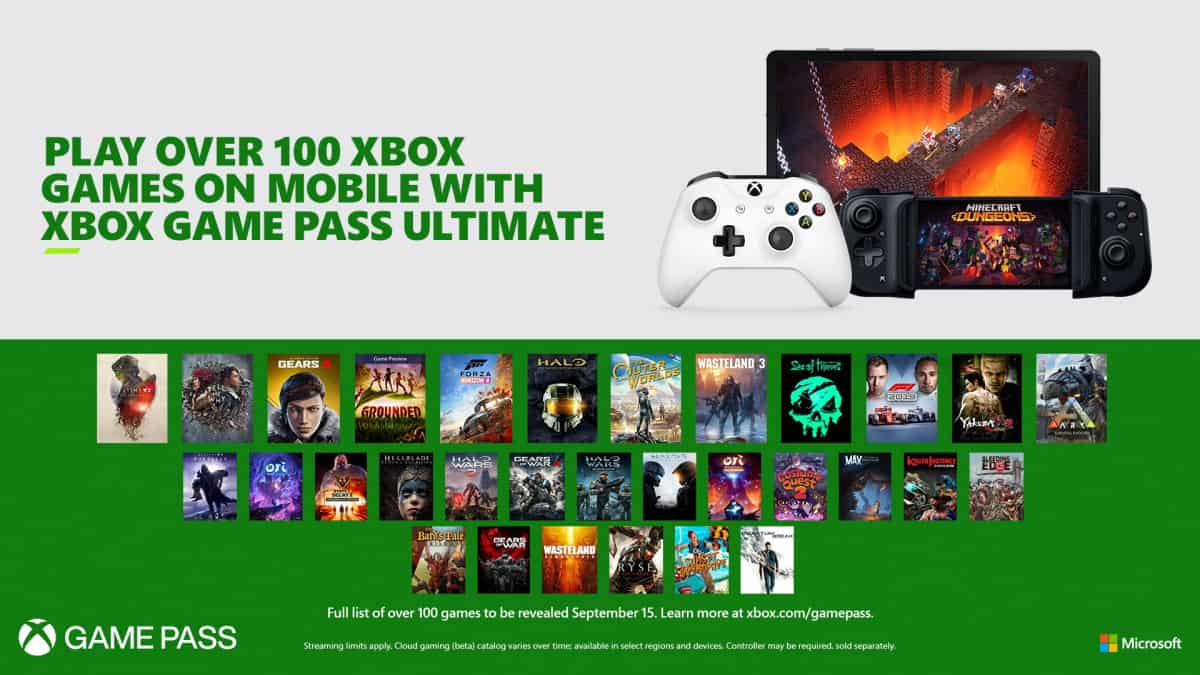
Update 12/09/20: Microsoft has officially announced that its Xbox cloud gaming service will come to iOS and PC in spring 2021. This story has been updated to reflect the official announcement.
Welcome to your home for Apple Macintosh cloud based computing since 2012. We offer the greatest range of cloud based Apple products and services available anywhere on the Web. All of our plans are offered on top tier Apple Branded Hardware and supported by our techs at VirtualMacOSX.com for prices that set the bar for affordable hosted Apple. Amazon's EC2 service offers a variety of Linux and Windows OS choices, but I haven't found a service offering a similar 'rent by the hour' service for a remote Mac OS X virtual machine.
Microsoft has been stymied by Apple’s rules for the App Store, which all but prohibit the company from bringing its Xbox game streaming service to iOS devices. The company has updated the Xbox app to let you stream games from your own Xbox on the same local network, but you won’t be able to stream games from Microsoft’s cloud servers.
With the App Store rules requiring Microsoft to list every single streaming game as a separate App Store release with its own ratings and download and icons and so on, how could Microsoft possibly end up on your iPhone or iPad?
The answer is: by avoiding Apple’s ecosystem in favor of the open web. Much like Amazon’s Luna gaming service, Microsoft will build a web-based solution that gamers can access on their iOS devices.
While Apple likely views this as a victory—proof that its policies do not prevent such services from being enjoyed on its devices—it’s really just more evidence that Apple’s platform is too restrictive for some developers and services, and requiring the use of less-ideal and customer-friendly web apps, where other platforms get native apps.


One of the most significant challenges for IT organizations has been the management of non-Windows® IT platforms due to the struggle of connecting them to Active Directory® (AD or MAD). Specifically, IT admins over the years have struggled to manage Mac® OS X® systems. During the early 2000s, and for about a decade following, Microsoft was so dominant that it made a great deal of sense that IT management tools were largely focused on Windows and delivered by Microsoft. As a result, AD and System Center Configuration Manager (SCCM) quickly became the core platforms for IT organizations. But, given the influx of Macs in the enterprise, it may be time to reevaluate that core platform.
Not Designed for Mac OS X
Neither MAD nor SCCM were designed to support Mac OS X. For that matter, AD and SCCM weren’t designed for non-Windows solutions such as Linux®, G Suite™, AWS®, and really anything that wasn’t Windows based. In fact, it was quite difficult for IT admins to manage access to their non-Windows IT resources requiring identity bridges, web application single sign-on (SSO) solutions, privileged identity management platforms, and more. These solutions, as layers on top of AD, are difficult to integrate and therefore don’t provide as robust a management solution as strictly Windows devices on Windows infrastructure.
Attempts at Wrangling Mac/Windows Systems
Soon, a cadre of on-prem, Apple-focused MDM solutions emerged over the years, but these too lacked the ability to manage user access and now, in a reversal, couldn’t manage Windows solutions. IT admins simply couldn’t win. When they leveraged Windows solutions, their Mac fleet became difficult to manage. When a Mac solution arrived, the Windows machines were difficult to manage. These examples don’t even get into the problem of Linux management with either of these two solutions.
Bye, Bye Support
Xbox Cloud Gaming Iphone
So, IT admins were forced to purchase more and more equipment and software to keep up with their ever evolving fleet of systems. And, even when they did that, the rug would be pulled from them again. Recently, for example, Apple decided to pull some of the strongest features that allowed IT admins to manage Mac OS X including VPN and RADIUS support. As a result, IT admins are now forced to build third-party, open source solutions on to their macOS Server implementations. To some, it’s reminiscent of simply layering on top of AD, and many want a solution that will work year after year. No more purchasing new equipment when a particular service gets sunset, or wondering what to do when a company reduces software capability.
A Modern Take on System Management

For IT admins that want a product delivered as a service, something they can pay for once a month or even annually and not worry about losing functionality, a new generation of cloud identity management solution has emerged. That solution is called JumpCloud®Directory-as-a-Service®. This platform has a neutral approach to system management. That means it has the ability to manage Mac OS X systems as well as Windows and Linux – all from the cloud. So, no more on-prem hardware implementations to manage, maintain, secure, and purchase. Plus, it is a complete identity management platform from the cloud that securely manages and connects users to the IT resources they need, with one set of credentials, including: legacy LDAP applications like Jira® and OpenVPN™, web applications including Salesforce® and Slack™, wired and wireless networks via RADIUS, cloud infrastructure including AWS®, GCE, and Azure®, file servers both on prem and in the cloud, and much more.
Mac Os Cloud
Learn More About JumpCloud Mac Management
To learn more about how to manage Mac OS X from the cloud using Directory-as-a-Service, please drop us a line. We offer a free account that allows you to manage up to 10 users for free, with absolutely no credit card required. Sign up today. In addition, we have a wide array of videos on YouTube and a robust Knowledge Base to help you get the most out of your JumpCloud service.